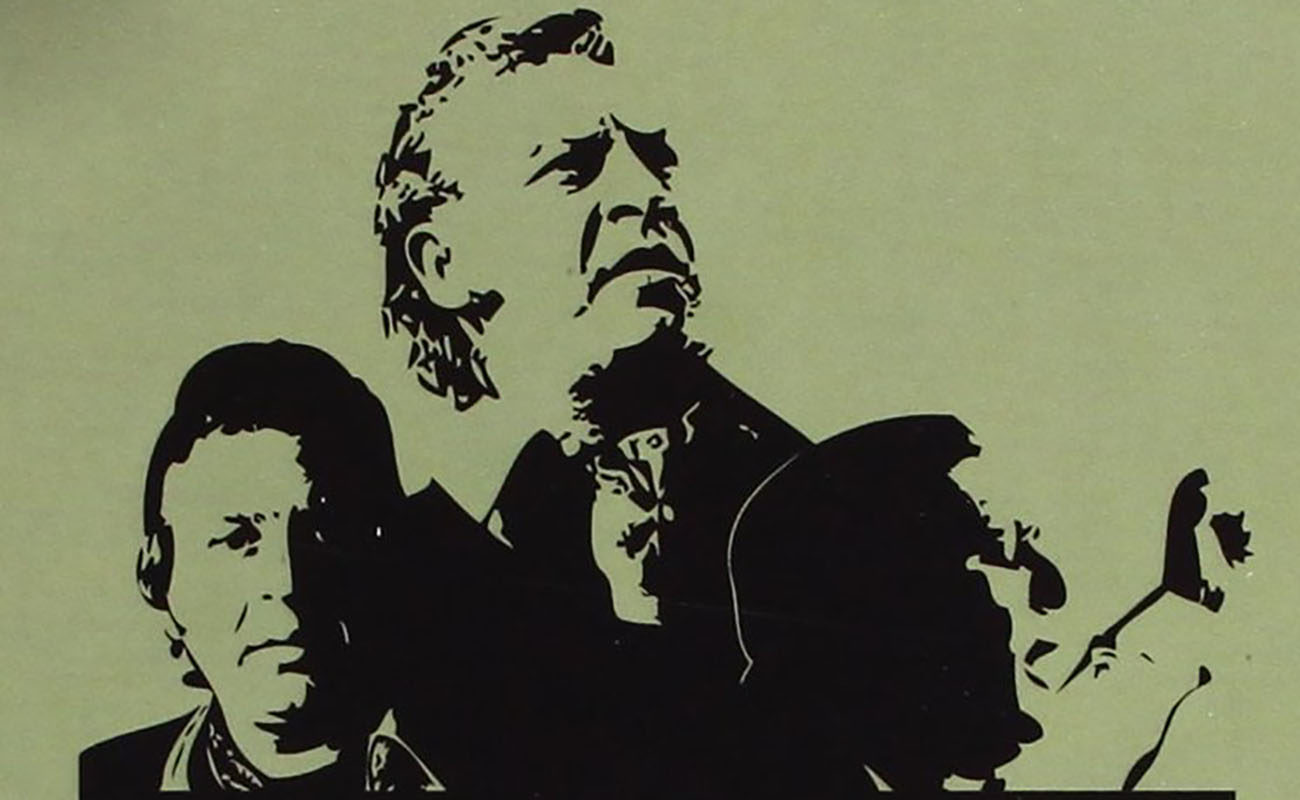Long live the master Juan ‘El Lebrijano’
Lebrijano should be more often present in the summer festivals and in the theatres, because even as he’s no longer in top shape, and while he may not be at his highest level, his presence is always a guarantee of quality and mastery. Long live the master.

Last Tuesday, at the opening of the Septiembre Flamencocycle, christened by Seville as the Bienalita, Lebrijano almost made a fuss by singing por soleá, which isn’t quite the palohe’s famous for. That would be the buleria por soleá, due to his tendency for rhythmic and fast-paced cantes: cantiñas, tangosand bulerías. His evident dwindling of faculties made this palo a better choice for a performance with fortitude, pausing at times, and gathering strength from his soul to round up the tercios. His voice is still a jewel cherished by the aficionados, but the truth is that he’s not having the recognition that such an important cantaorfrom Lebrija deserves. From Lebrija and from the world, because he’s an universally renowned artist from the time he started performing on stage, in the 1970s, which was a very hard time in canteto stand out, because there were another forty great cantaoresaround. His career has been characterized by personality and creativity beyond any doubt, as we can attest by checking his discography, in which every record is unlike any other. He was born in the midst of a gypsy family of artists and great aficionados, and he learned to sing and play guitar with his own family, at home parties. Soon he started looking for references and for role models, such as Antonio Mairena, la Niña de los Peines, Juan Talega, Perrate de Utrera or his own mother, María la Perrata, a cantaora de cultofor the gypsies of Utrera and Lebrija, and for the non-gypsies too. At the end of the 1970s, his record De Sevilla a Cádiz, with Niño Ricardo and Paco de Lucía, would definitely show the way, first with a classic line influenced by Antonio Mairena, and from there he started a very diversified discographic production, experimenting in several musical fields, contributing concepts, nuances, opening doors. Lebrijano is today’s great master, regardless of individual tastes. He’s specially admired by young artists and aficionados, and it’s not easy for a flamenco cantaorto connect with different generations. He has done it, being one of those who started to attract thousands of young people to the summer festivals, just as Camarón, Morente, Paquera, Menese, Turronero, Juan Villar, Chiquetete or Gabriel Moreno did too, among others. Not only to the festivals, but also to the theatres, in Spain and beyond. Has Juan Peña El Lebrijano been sufficiently recognized? Sincerely, he hasn’t. He received a nice tribute at Lebrija’s Caracolá, his hometown festival, and another in the last Bienal. He has also earned awards such as the Compás del Cante and some other. Even so, Lebrijano is an artist with little recognition, especially for his work, considering he’s still able to get the public on their feet in a theatre, as we could see last Tuesday. In a theatre of Seville, no less, a city with so much flamenco knowledge, even as sometimes we may disagree with the aficionados’ euphoria, which is sometimes triggered for no good reason. Lebrijano should be more often present in the summer festivals and in the theatres, because even as he’s no longer in top shape, and while he may not be at his highest level, his presence is always a guarantee of quality and mastery. Long live the master.






